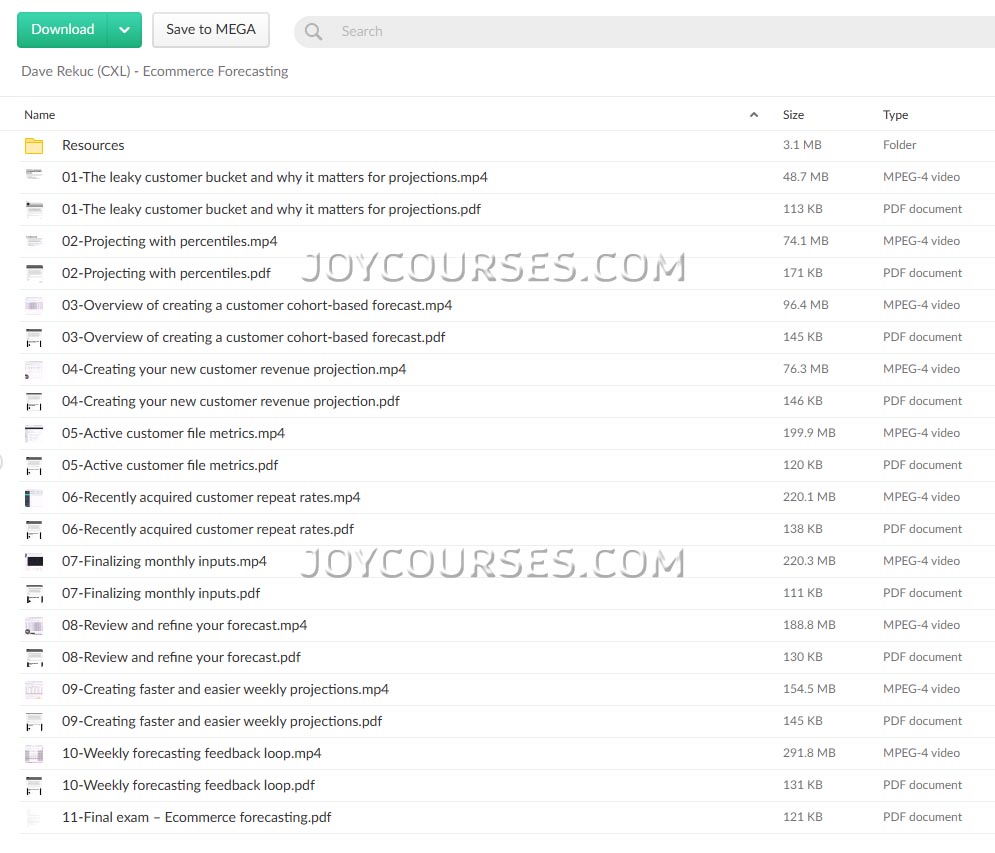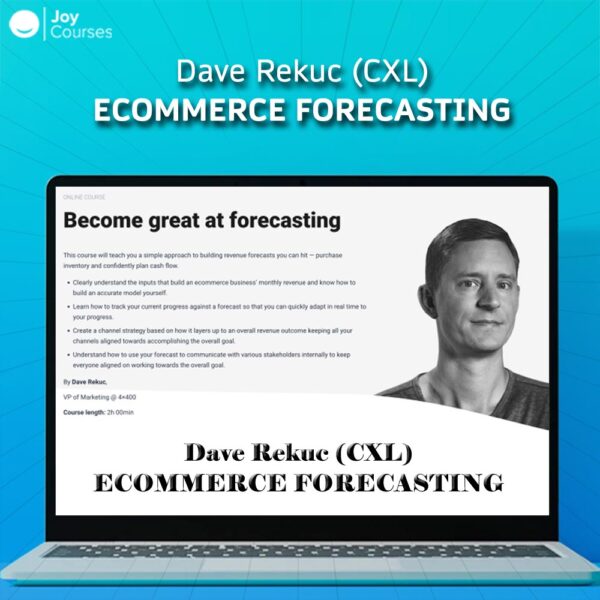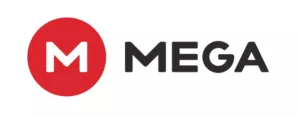Description
Download proof | Dave Rekuc (CXL) – Ecommerce Forecasting (1.54 GB)
![]()

Dave Rekuc’s “Ecommerce Forecasting” through CXL is a course designed to equip ecommerce professionals with advanced forecasting skills to predict demand, optimize inventory, and support strategic business decisions. Dave Rekuc, known for his expertise in ecommerce and data analytics, offers a data-driven approach to accurately forecast sales, manage stock levels, and plan for seasonal demand fluctuations.
Here’s a breakdown of what Ecommerce Forecasting by Dave Rekuc typically covers:
1. Introduction to Ecommerce Forecasting
- Importance of Forecasting in Ecommerce: Understanding why accurate forecasting is critical for revenue growth, customer satisfaction, and cost control.
- Forecasting Framework: Overview of key steps in the forecasting process, from data collection to analysis and application.
2. Data Collection and Analysis
- Identifying Key Data Sources: Learning which data sources are essential for accurate forecasting, including historical sales, customer trends, and seasonal patterns.
- Data Cleaning and Preparation: Techniques for organizing and cleaning raw data to ensure accuracy and usability in forecasting.
- Analyzing Demand Patterns: Recognizing trends, seasonality, and demand fluctuations that impact ecommerce sales.
3. Forecasting Techniques and Models
- Time Series Analysis: Using historical data to project future sales trends through techniques like moving averages and exponential smoothing.
- Statistical Models: Introduction to statistical forecasting models, such as ARIMA (AutoRegressive Integrated Moving Average), for complex demand forecasting.
- Predictive Analytics and Machine Learning: Basics of using machine learning algorithms to improve forecasting accuracy.
4. Inventory Planning and Demand Forecasting
- Setting Inventory Levels: Calculating optimal inventory levels to meet demand without overstocking or running out of stock.
- Demand Forecasting for New Products: Techniques for estimating demand for new products or categories with minimal historical data.
- Managing Lead Times: Adjusting forecasting models to account for supplier lead times and shipping delays.
5. Seasonality and Trend Adjustments
- Identifying Seasonal Patterns: Recognizing and accounting for seasonal peaks, such as holidays or special sales periods.
- Trend Adjustments: Adjusting forecasts to reflect recent trends in customer behavior or market shifts.
- Scenario Planning for Seasonality: Preparing for best-case and worst-case scenarios during seasonal peaks to manage demand fluctuations effectively.
6. Financial Forecasting and Budgeting
- Revenue and Profit Projections: Techniques for projecting revenue, profit, and cash flow based on forecasted demand.
- Budget Allocation: Using forecasting data to allocate budget for marketing, inventory, and logistics effectively.
- Cost Control and Margin Management: Strategies for managing inventory and operational costs to maintain healthy margins.
7. Optimizing Supply Chain and Operations
- Supply Chain Coordination: Collaborating with suppliers and logistics providers to ensure forecast alignment and minimize disruptions.
- Order Management and Fulfillment Planning: Planning for order volume and fulfillment logistics based on demand forecasts.
- Minimizing Stockouts and Overstocks: Strategies for balancing inventory to avoid costly stockouts or excessive stock.
8. Using Forecasting Tools and Software
- Popular Forecasting Tools: Overview of tools like Excel, Google Analytics, and specialized ecommerce forecasting software.
- Automation and Integration: Setting up automated data integrations and reporting to streamline forecasting processes.
- Dashboard and Reporting: Creating dashboards for real-time forecasting updates and visualizations for easy decision-making.
9. Tracking and Adjusting Forecast Accuracy
- Measuring Forecast Accuracy: Metrics and KPIs to evaluate the accuracy of your forecasts, such as Mean Absolute Percentage Error (MAPE).
- Adjusting for Forecasting Errors: Identifying common forecasting errors and implementing corrective actions.
- Continuous Improvement: Using a feedback loop to refine forecasting models and improve accuracy over time.
Dave Rekuc’s “Ecommerce Forecasting” course provides ecommerce businesses with practical tools and techniques to anticipate demand, manage inventory, and optimize the supply chain. By using data-driven models and industry insights, this course helps ecommerce professionals make informed decisions, streamline operations, and maximize profitability.













